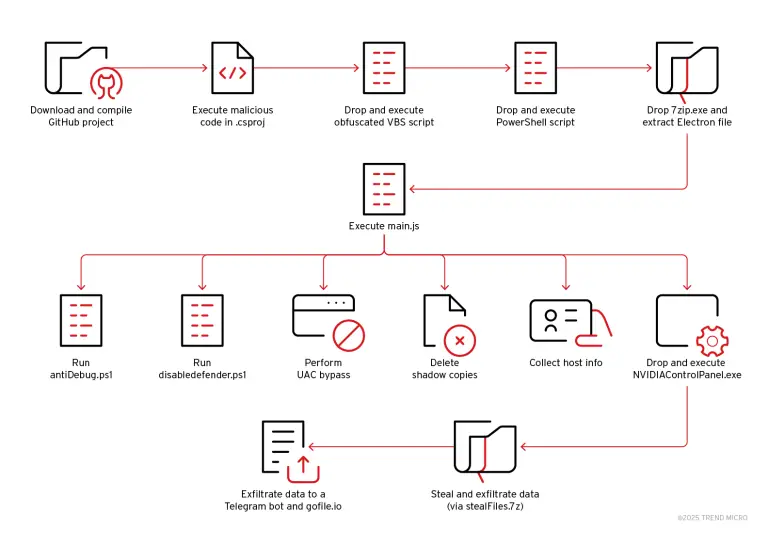
An AMD engineer continues to advance processor security within Linux by proposing a novel protection management system known as Attack Vector Controls. This initiative seeks to streamline the configuration of vulnerability mitigations by shifting the focus from individual patches to broader classes and categories of threats. Rather than handling each fix in isolation, developers will be able to apply protections based on the type of attack—an approach that is both more intuitive and significantly easier to maintain.
The first phase of this effort is nearing integration into the Linux 6.16 kernel. Recently, dozens of patches were added to the dedicated x86/bugs branch of the main TIP repository. Preparations for this began in Linux 6.15, and with functioning code now in place, the project is nearly ready for mainline inclusion.
David Kaplan, the AMD engineer leading the development, explains that the new framework organizes mitigation logic through a set of unified functions. Each vulnerability first invokes a select function, which determines the most appropriate protection method—defaulting to AUTO mode unless explicitly overridden via kernel parameters. If the chosen mitigation is interdependent with others, an update function may be called to reconcile those relationships. Finally, the apply function activates the selected protection.
This methodology offers a more elegant solution for managing complex scenarios in which vulnerabilities intersect or influence one another. Such a system is especially critical for modern processors, where patches can conflict or introduce performance trade-offs. While full implementation of Attack Vector Controls remains underway, it is already evident that this framework will significantly simplify the lives of developers and system administrators alike.


